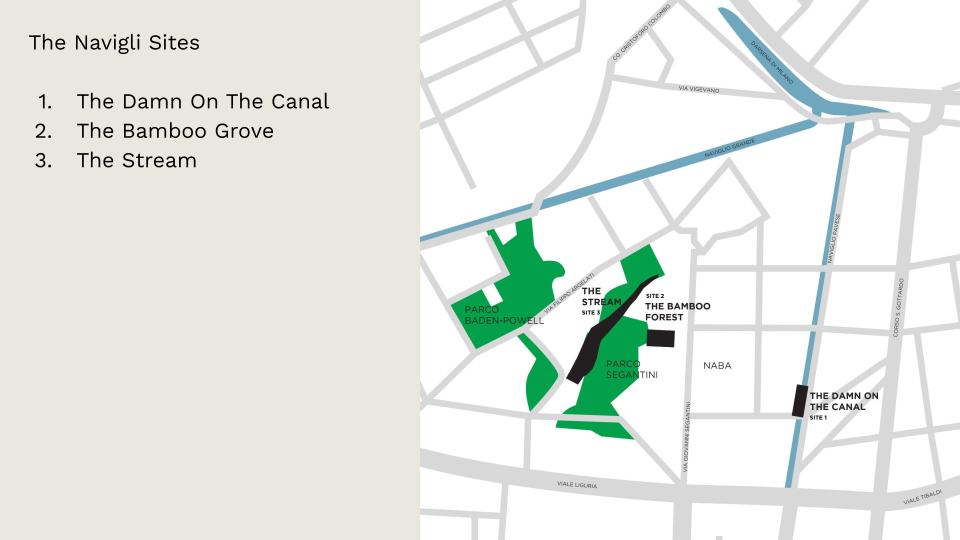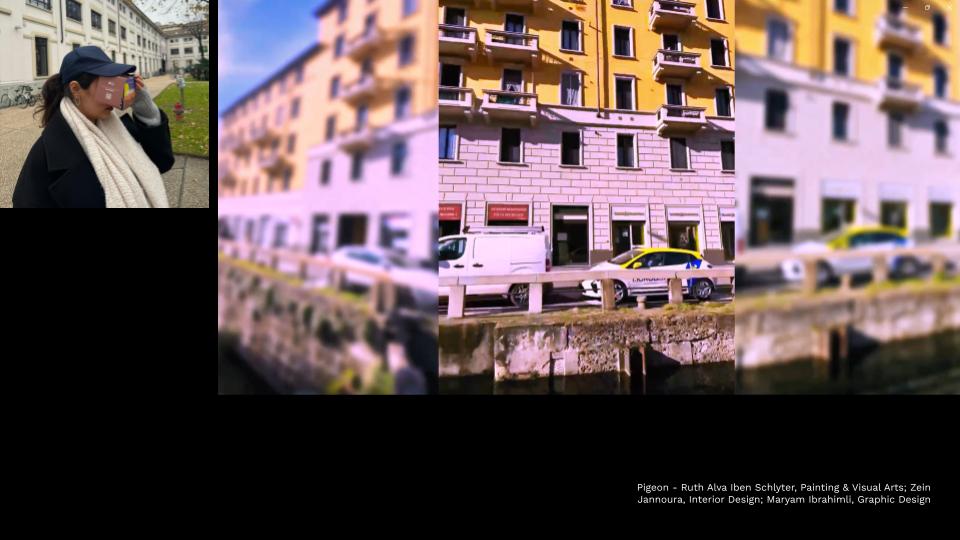More-Than-Human City Guide Milan









DESCRIPTION
PROJECT FILE
The More-Than-Human City Guide is an initiative by PADLab, designed to offer location-based experiences that introduce humans to the perspectives and lifeways of local more-than-human entities, including animals and plants. Designed for individual or group use, the guide is an invitation to discover urban spaces from a new angle, providing educational experiences and unique explorations of the city.
Unlike traditional guides, the More Than Human City Guide enables users to engage with each site through the sensory perspectives of local entities, rooted in the concept of umwelt. Derived from the German word meaning “environment” or “surrounding world,” umwelt refers to the unique perceptual world experienced by each organism. Coined by biologist Jakob von Uexküll, this concept emphasizes that different species perceive and interact with their environments in distinct ways, shaped by their sensory modalities and biological needs. For example, while humans may navigate the world primarily through sight and sound, other beings might rely more heavily on olfactory cues or vibrations.
To facilitate a shift towards understanding umwelt, the guide includes simple, easy-to-use tools and instructions that help users refocus and adapt their sensory input to more closely match the perceptual capacities of other beings. These explorations can involve a variety of sensory exercises, such as experiencing a site through unfamiliar senses (e.g., smelling or tasting), translating sensory inputs from one sense to another, blocking certain senses to heighten others, and experimenting with temporal shifts, scale changes, and perceptual framing. By incorporating gamification elements, the guide encourages users to adopt these newly acquired, species-specific capacities to complete tasks or challenges typical of the local more-than-human inhabitants, deepening their interaction with the site and fostering a greater appreciation for the rich tapestry of experiences that exists beyond our own.
Unlike traditional guides, the More Than Human City Guide enables users to engage with each site through the sensory perspectives of local entities, rooted in the concept of umwelt. Derived from the German word meaning “environment” or “surrounding world,” umwelt refers to the unique perceptual world experienced by each organism. Coined by biologist Jakob von Uexküll, this concept emphasizes that different species perceive and interact with their environments in distinct ways, shaped by their sensory modalities and biological needs. For example, while humans may navigate the world primarily through sight and sound, other beings might rely more heavily on olfactory cues or vibrations.
To facilitate a shift towards understanding umwelt, the guide includes simple, easy-to-use tools and instructions that help users refocus and adapt their sensory input to more closely match the perceptual capacities of other beings. These explorations can involve a variety of sensory exercises, such as experiencing a site through unfamiliar senses (e.g., smelling or tasting), translating sensory inputs from one sense to another, blocking certain senses to heighten others, and experimenting with temporal shifts, scale changes, and perceptual framing. By incorporating gamification elements, the guide encourages users to adopt these newly acquired, species-specific capacities to complete tasks or challenges typical of the local more-than-human inhabitants, deepening their interaction with the site and fostering a greater appreciation for the rich tapestry of experiences that exists beyond our own.
PADLab Team: Michal Pauzner, Oded Kutok, Olga Stadnuk,Ginosar Wolf Hansel, Adi Weintraub
Human Partners:
www.naba.it
Human Partners:
www.naba.it







